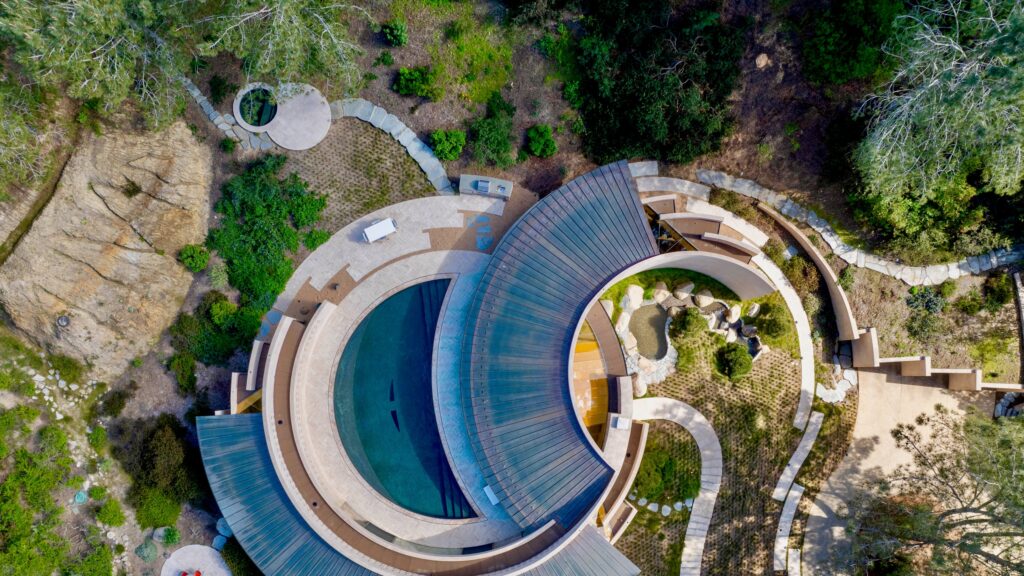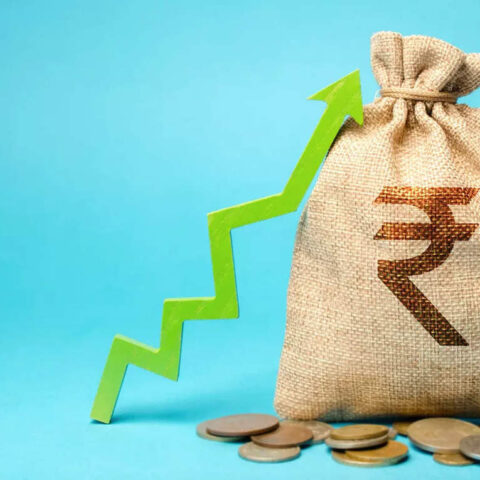Air Company, the world’s leading carbon technology company that creates carbon-negative alcohols and fuels from CO2, diversifies the carbon removal market by producing products such as AIR eau de parfum, AIR vodka, AIR hand sanitizer, and sustainable aviation fuel (SAF). By using a proprietary technology called a Carbon Conversion Reactor—which mimics photosynthesis using only air (CO2), water, and sun (renewable energy) to create carbon-negative alcohols and fuels from CO2—Air Company is redefining what a regenerative future that works with nature, rather than against it, could look like.
Photo: Getty Images
While creating new technologies is one thing, promising scalability is something else entirely. And the latter is what will truly make a difference in the fight against climate change. Scaling carbon removal technology requires a strategic approach that not only disrupts traditional polluting technologies, but also invites them into the process of cleaning up their emissions in a cost-effective way. Carbon Optimum, for example, does this by putting their tanks next to cement and steel plants at no cost to the manufacturers.
As consumers and investors are becoming more discerning about manufacturing’s role in the climate crisis, telling an accurate and exciting story can make all the difference. “These companies can use [our tanks] for their marketing if they want. And, best of all, we’ll show up and do it for free,” Huang says. According to Huang, once a company agrees to place a tank in their location, Carbon Optimum can get the tank up and running within 30 days. “Where we make our profit is by selling the by-product,” Yao says.
Thalo Labs’s cutting-edge reduction platform combines proprietary sensing, software, and capture systems to bring decarbonization tools previously reserved for utility-scale power plants to the built environment. “The built environment is responsible for, depending on which study you look at, usually the first or second worst total amount of greenhouse gas emissions globally,” says Brendan Hermalyn, CEO and founder of Thalo Labs. “We’ve created a platform that works with buildings to help reduce the size of emissions coming out of buildings.”
Thalo uses their hardware to collect and share real-time data, which they share with building operators as customized, actionable insights to improve building operations. “The problem with doing carbon capture really isn’t necessarily the actual physical activity of the capture. It’s really about doing it in a way that is measurable. This way, you can understand exactly how much you have captured in a net sense, including all the things that happen upstream and downstream,” Hermalyn says. “But it’s also very important to do it in a net negative way, right? Where you don’t spend five tons of emissions to capture one ton of emissions.”
“We’ve been working with the Empire State Building. And we made some Christmas ornaments out of carbon dioxide that was captured in the Empire State Building,” Hermalyn says. And while that is a good start, for Thalo, the focus isn’t the Christmas ornaments. “Our focus is on the ways in which we can interrupt a supply chain, use that supply chain material to capture and remediate CO2, and then reinject that [captured CO2] into the supply chain, just like any other material.”









